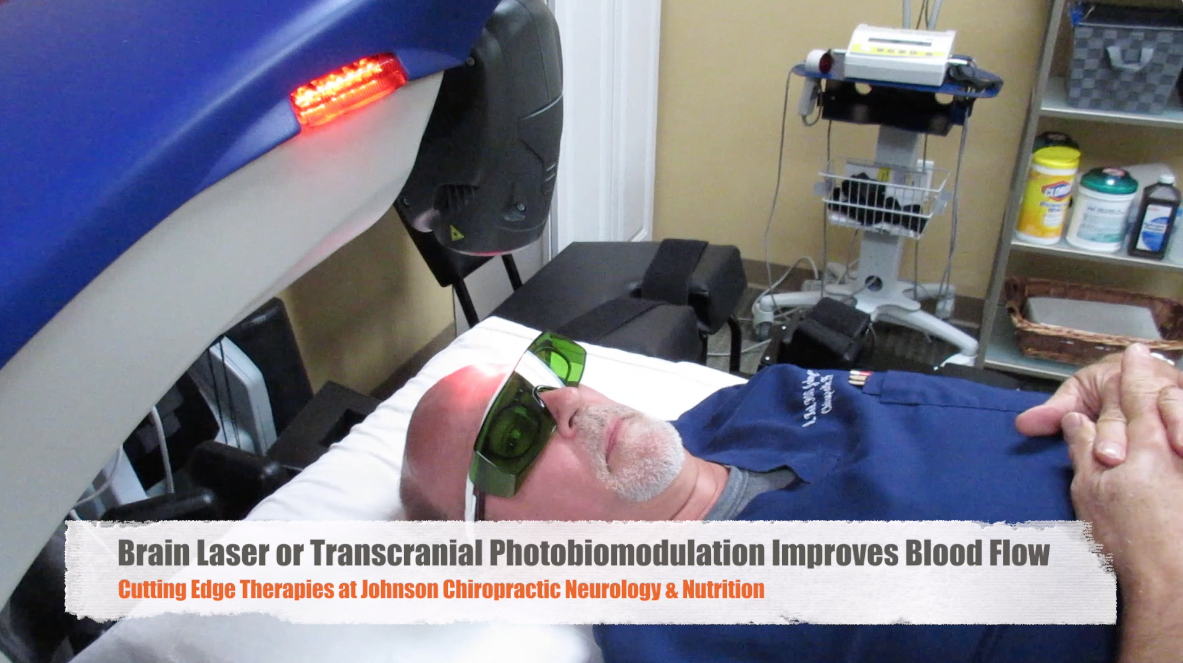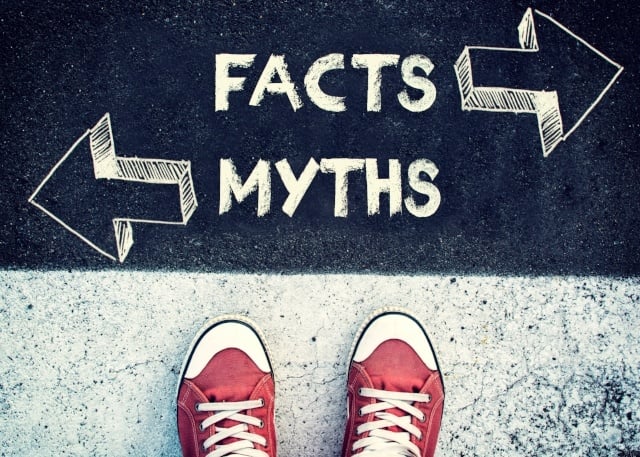From the Desk of Dr. Karl R.O.S. Johnson, DC.....
Topics: ADHD, Neurofeedback, Functional Neurology, Nutritional Help, Type 5 ADD
ADD - Type 4
Read More
Topics: ADHD, Neurofeedback, Functional Neurology, Nutritional Help, Type 4 ADD
Brain Laser [Transcranial Photobiomodulation] improves brain blood flow and energy production [Video]
Posted by Dr. Karl R.O.S. Johnson, DC on Tue, Nov 07, 2017
Brain Laser or transcranial photobiomodulation can improve blood flow and improve healing in the brain.
Many health conditions can benefit from brain laser. Photobiomodulation improves brain blood flow and energy production. Dr. Karl R.O.S. Johnson, DC demonstrates how safe this therapy is for brain health. Laser can improve cognition, memory, depression, ability to focus and help the brain heal after a concussion. This is just one of the advanced techniques used at Johnson Chiropractic Neurology & Nutrition and Michigan Brain Health for Brain Wellness.
Read MoreTopics: ADHD, Anxiety, Cold Laser, Transcranial Photobiomodulation, Photobiomodulation, Robotic Laser
ADD - Type 3
Topics: ADHD, Neurofeedback, Functional Neurology, Nutritional Help, Type 3 ADD
ADD - Type 2
Topics: ADHD, Neurofeedback, Functional Neurology, Nutritional Help, Type 2 ADD
When I write blog articles and posts on social media about ADD or ADHD, occasionally someone will strongly voice there opinion that ADD is a myth (okay, really sometimes they are downright rude and obnoxious about it...and I hide, ban and delete their posts). Thay assert ADD is a made-up concoction by teachers or doctors or the medical establishment. Typically the post is written hastily with no argument to back up their point of view.
I wanted to provide a more balanced view and couldn't find a more eloquenty stated, concise source than the quoted material from Dr. Daniel Amen, MD you see below.
Dr. Amen is a physician, double board certified psychiatrist and ten-time New York Times bestselling author.
He is the Founder and CEO of Amen Clinics in Costa Mesa and San Francisco, California, Bellevue, Washington, Reston, Virginia, Atlanta, Georgia and New York City. Amen Clinics have the world’s largest database of functional brain scans relating to behavior, totaling nearly 100,000 scans on patients from 111 countries. Dr. Amen is also a Distinguished Fellow of the American Psychiatric Association, the highest award they give members.
Sorting the Facts from the Myths
"ADD is not even new in the medical literature. George Still, a pediatrician at the turn of the last century, described children who were hyperactive, inattentive, and impulsive. Unfortunately, he labeled them “morally defective.” During the great flu epidemic of 1918, many children also contracted viral encephalitis and meningitis. Of those who survived the brain infections, many were described with symptoms now considered classic for ADD. By the 1930s, the label “minimal brain damage” was coined to describe these children. The label was changed in the 1960s to “minimal brain dysfunction” because no anatomical abnormality could be found in the children. Whatever its name, ADD has been part of the psychiatric terminology since the inception of the Diagnostic and Statistical Manual (DSM) in 1952. (The DSM is the diagnostic bible listing clinical criteria for various psychiatric disorders). Every version of the DSM has described the core symptoms of ADD, albeit by a different name every time."
“An estimated seventeen million people in the United States have attention deficit disorder (ADD), which was later renamed as attention deficit hyperactivity disorder (ADHD). I prefer the name ADD, as ADHD highlights the hyperactive component of the disorder (H) and discards half the people who have it, particularly girls, who are typically not hyperactive. According to the CDC, 13.2 percent of boys at one time have been diagnosed with ADD, 5.6 percent of girls.
ADD - Type 1
Topics: ADHD, Neurofeedback, Functional Neurology, Nutritional Help, Type 1 ADD










